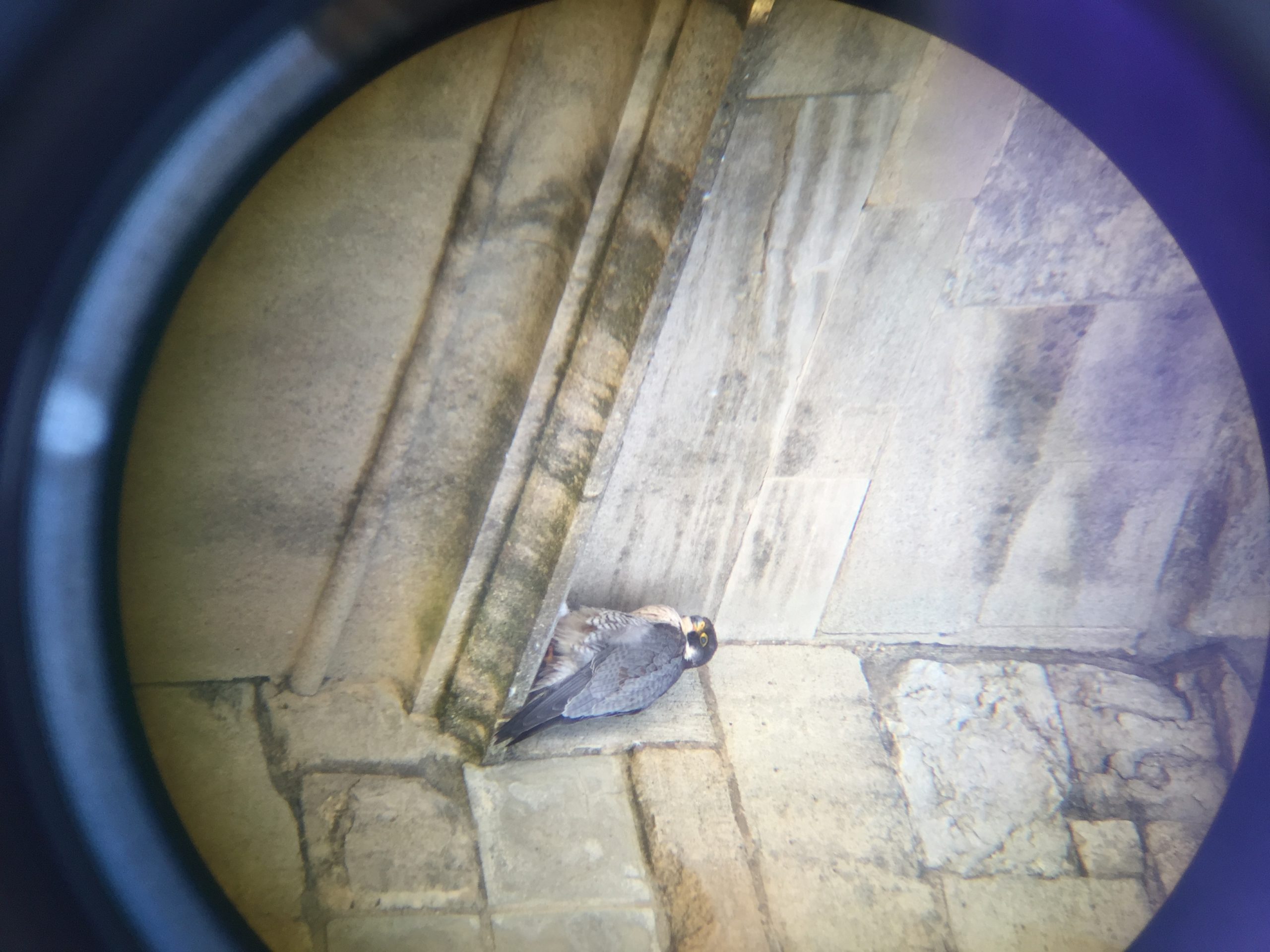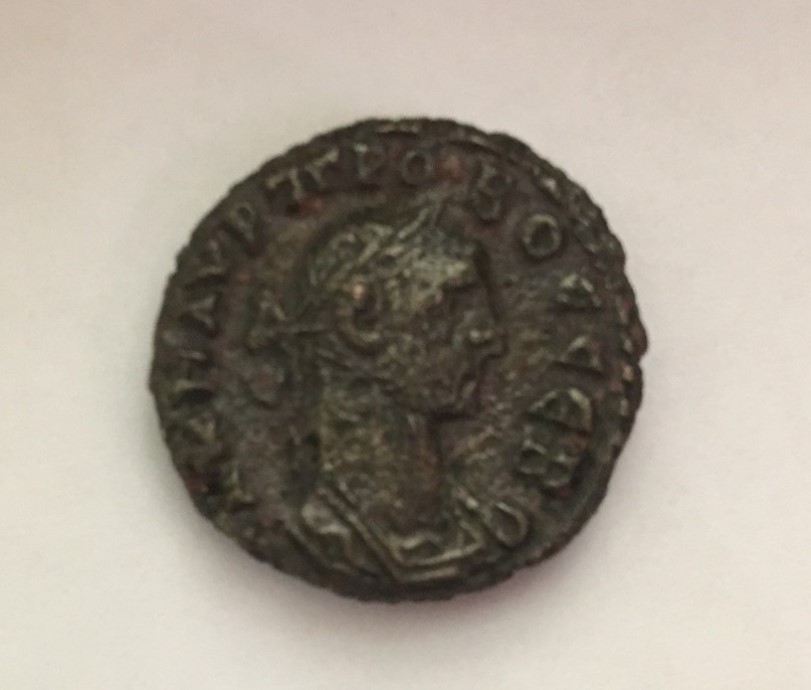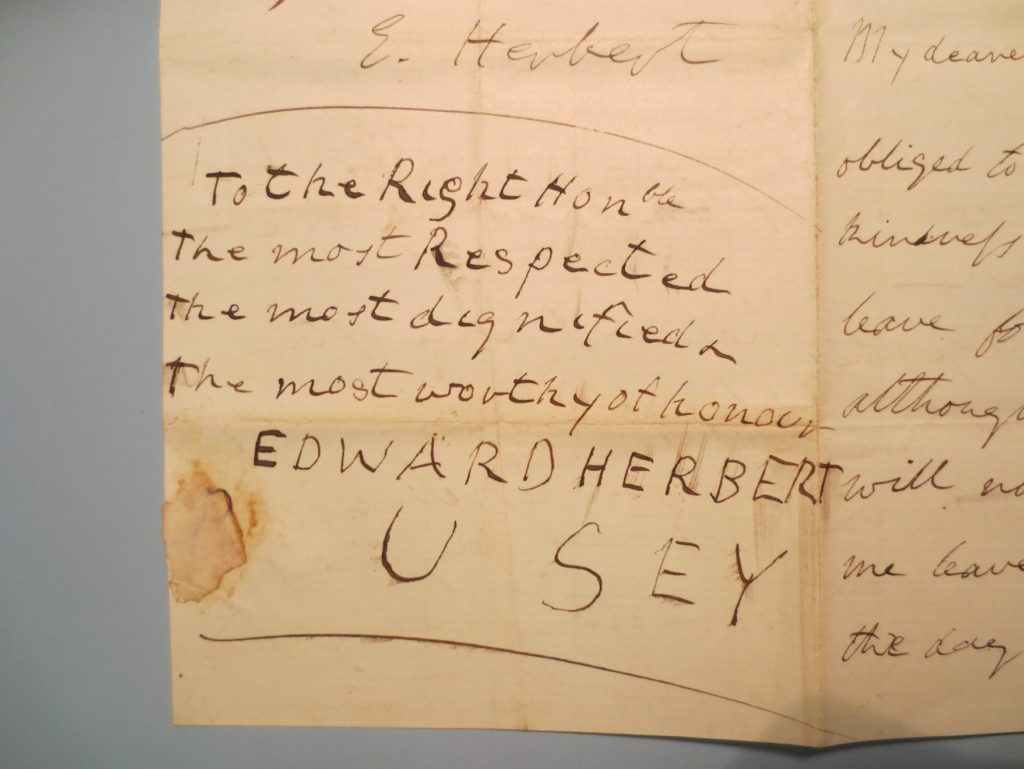
The Museum hosts an annual Secret Life of Birds Family Learning Event for Windsor schools. Always a sell-out, it’s one of my favourite events mostly because, to round off the day, we hire a local falconer to come and fly hawks and falcons around the splendid new McCrum Yard. The children love the spectacle, the chance to get up close to these superbly adapted animals. By the end of the event the children are all able to tell the difference between a hawk and a falcon. Hawks have broad wings without sharp tips, designed for manoeuvrability and kill prey with their talons. Falcons, on the other hand, have narrow wing-tips designed for extreme speed and they generally catch prey with their talons whilst in flight and then kill the prey with their beaks.
The Peregrine Falcon has the distinction of being the fastest recorded animal on the planet, reaching speeds of over 200 mph in the vertical dive (or ‘stoop’). It usually tries to hit one wing of its prey so as not to harm itself on impact. In recent months we have enjoyed sightings of a Peregrine on the south-side of College Chapel. Boys and Masters have also recovered the scant remains of Ring-Necked Parakeets which it has caught. Given that the Parakeets can displace native species from nesting sites and compete with them for food, some local ornithologists are not unhappy to see the Parakeet population under threat!
However, for much of the twentieth century, the Peregrine population has itself been taking a tumble. After the onset of the Second World War, large numbers of Peregrines were killed because they were thought to pose a threat to the military use of homing pigeons with the result that their population was reduced by nearly 50% by 1944. Peregrine populations next suffered in the 50s and 60s from the widespread use of organochlorine pesticides such as DDT. So, all in all, we should take the College Chapel falcon as a welcome sign of recovery.
Photo credit: Mark Fielker



